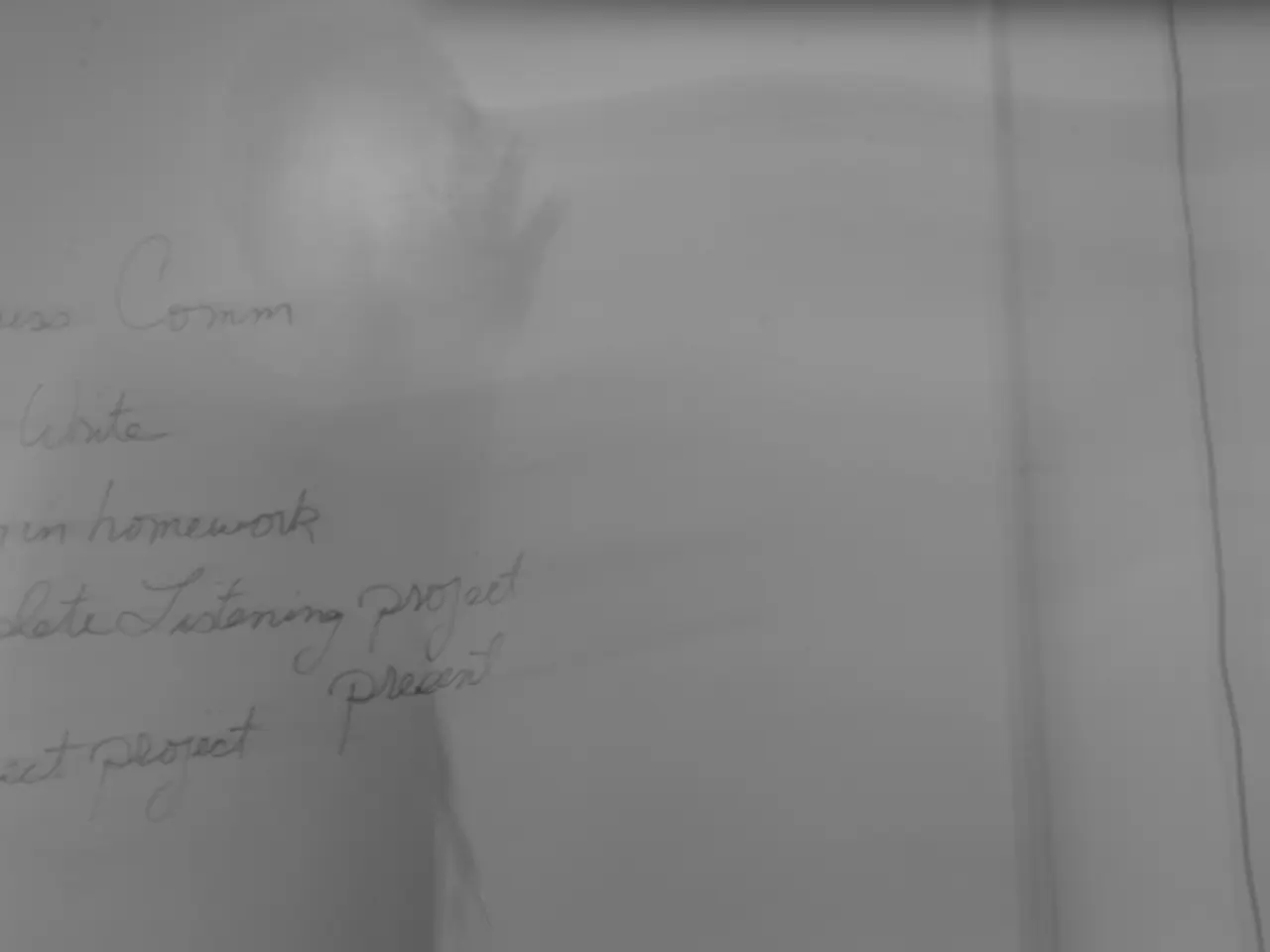Power Structures and Configurations
Rollo May, an existential psychologist, delved into the concept of power and its profound impact on our lives, relationships, and sense of self. He identified three distinct types of power: power-over, power-to, and power-for. Each type influences interpersonal dynamics and personal growth differently.
Power-Over: Dominance and Control
Power-over refers to dominance or control over others. It often results in conflict, resistance, and alienation in relationships because it imposes authority or coercion rather than cooperation. This form of power, characterised by fear, resentment, or disconnection, can hinder growth by creating opposition.
Power-To: Personal Agency and Empowerment
Power-to is the individual's capacity or ability to act and make choices effectively. It fosters personal growth by enabling people to realize their potential and take constructive actions based on their own values and courage. This form of power empowers personal agency, leading to more profound self-awareness and meaningful interpersonal connections.
Power-With: Collaboration and Mutual Empowerment
Power-with represents collective power achieved through collaboration, mutual support, and shared goals. It enhances interpersonal dynamics by building trust, cooperation, and community, which can support individual and collective development. This form of power, rooted in shared responsibility, fosters deeper connections and mutual empowerment.
Power-For: Advocacy and Empowerment of Others
Power-for involves using power to advocate for and empower others, focusing on creating spaces for others to flourish and realize their potential. This form of power, which emphasizes equality, autonomy, and the collective well-being of society, is one of the most constructive uses of power, according to May.
The traditional notions of dominance and control are challenged by Rollo May's ideas of power. Embracing power-with and power-for can lead to healthier relationships, both personal and professional. These forms of power are more sustainable and fulfilling ways of engaging with the world and one another compared to power-over.
In practice, power-for helps us support the empowerment of others, creating a ripple effect of growth, opportunity, and equity. For example, Kaci Smith, LMFT, offers a virtual therapy workshop called Soul Circle for women in California, which fosters mutual empathy and empowerment. This safe space for healing connection with other supportive women provides an opportunity for individuals to grow and develop in a supportive environment.
Understanding the differences between power-over, power-with, and power-for allows for conscious choices in relationships and communities that lead to greater empowerment, connection, and growth. The concepts of power as presented by Rollo May suggest that power is not inherently negative, but its use determines whether it becomes a tool for oppression or liberation. Registering on Belongly allows participation in conversations about this article.
- Kaci Smith, a therapist, uses her platform through a virtual workshop called Soul Circle to foster mutual empathy and empowerment among women in California, which aligns with Rollo May's concept of power-for, focusing on creating spaces for others to flourish and realize their potential.
- In accordance with Rollo May's ideas, embracing power-with and power-for not only leads to healthier relationships but also offers more sustainable and fulfilling ways of engaging within personal and professional communities compared to power-over, which often leads to conflict and alienation.




